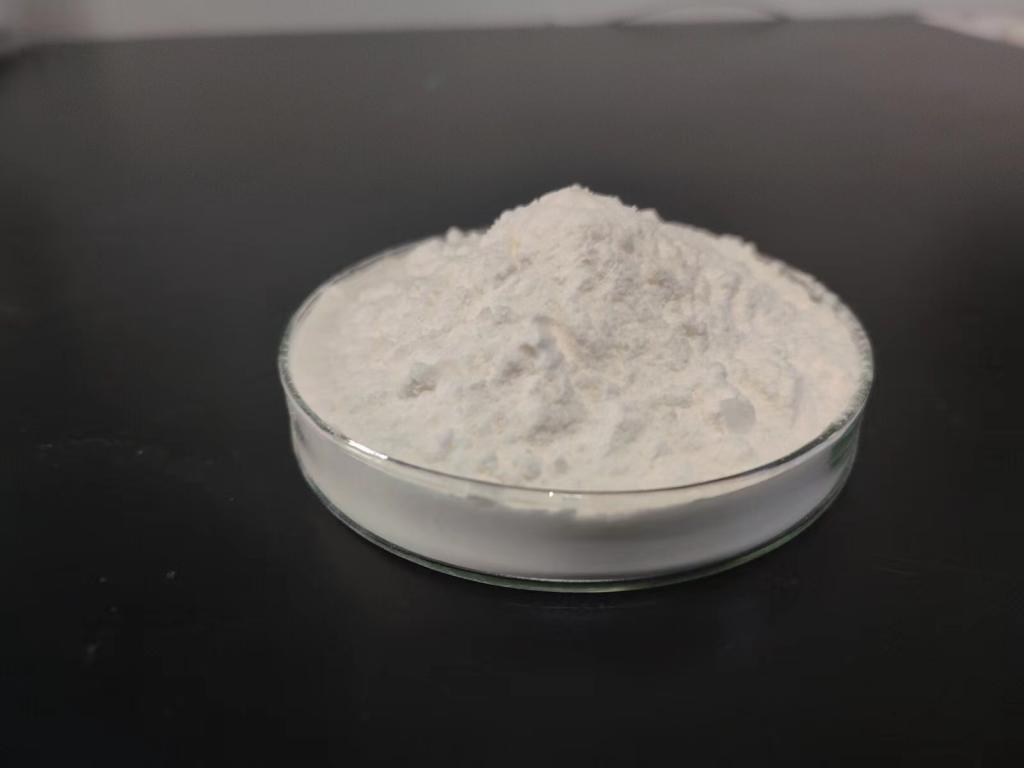Tel:0086 18231198596

News
Current Position:
Home >
News
>Exploring the role of ε-Polylysine hydrochloride in food processing equipment.
Exploring the role of ε-Polylysine hydrochloride in food processing equipment.
TIME:2024-04-25
Mechanisms of Action:
The antimicrobial activity of ε-PL against microbial pathogens is primarily attributed to its ability to disrupt microbial cell membranes. ε-PL interacts with the lipid bilayer of microbial cell membranes, leading to membrane destabilization, leakage of intracellular components, and eventual cell death. Additionally, ε-PL may interfere with essential cellular processes such as cell wall synthesis, protein synthesis, and DNA replication, further contributing to its antimicrobial effects. The cationic nature of ε-PL allows it to interact with negatively charged components on microbial cell surfaces, enhancing its efficacy against a wide range of microbial pathogens.
Applications in Food Processing Equipment:
ε-PL can be applied to food processing equipment through various methods, including surface coatings, sprays, foams, and sanitizing solutions. Surface coatings containing ε-PL can be applied to equipment surfaces to create a protective barrier against microbial contamination. Sprays and foams containing ε-PL can be used for on-the-spot sanitation of equipment surfaces, while sanitizing solutions containing ε-PL can be circulated through equipment systems to eliminate microbial pathogens. The appropriate application method depends on factors such as equipment design, processing conditions, and microbial contamination levels.
Efficacy Against Microbial Pathogens:
Studies have demonstrated the efficacy of ε-PL in reducing microbial contamination in food processing equipment. ε-PL has been shown to effectively inhibit the growth of a wide range of microbial pathogens commonly found in food processing environments, including bacteria, yeasts, and molds. In vitro and in situ experiments have confirmed the antimicrobial activity of ε-PL, leading to reduced microbial counts on equipment surfaces and improved sanitation outcomes. The broad-spectrum activity of ε-PL makes it a valuable tool for controlling microbial contamination in various food processing equipment.
Benefits for the Food Industry:
The use of ε-PL for reducing microbial contamination in food processing equipment offers several benefits for the food industry. Firstly, ε-PL is derived from natural sources and is considered safe for use in food processing applications. Unlike synthetic chemical sanitizers, ε-PL is biodegradable and does not leave harmful residues on equipment surfaces. Additionally, ε-PL has low mammalian toxicity and is compatible with a wide range of materials commonly used in food processing equipment. By effectively reducing microbial contamination, ε-PL can help prevent foodborne illness outbreaks, protect product quality, and ensure compliance with food safety regulations.
Challenges and Future Directions:
Despite its potential benefits, the widespread adoption of ε-PL in food processing equipment faces several challenges. These include the need for standardized application protocols, optimization of ε-PL formulations, and cost-effectiveness compared to traditional sanitizers. Future research efforts may focus on addressing these challenges and exploring novel applications of ε-PL in food processing equipment sanitation. By harnessing the antimicrobial properties of ε-PL, the food industry can improve sanitation practices, enhance food safety, and ensure the production of high-quality, safe food products for consumers worldwide.
Conclusion:
In conclusion, ε-Polylysine hydrochloride holds promise in reducing microbial contamination in food processing equipment. Its mechanisms of action, applications, efficacy, and potential benefits make it a valuable tool for improving sanitation practices in the food industry. Further research and development efforts are needed to overcome challenges and optimize the use of ε-PL in food processing equipment sanitation. By incorporating ε-PL into sanitation protocols, food processors can effectively control microbial contamination, protect product quality, and ensure consumer safety.

 CONTACT
CONTACT




